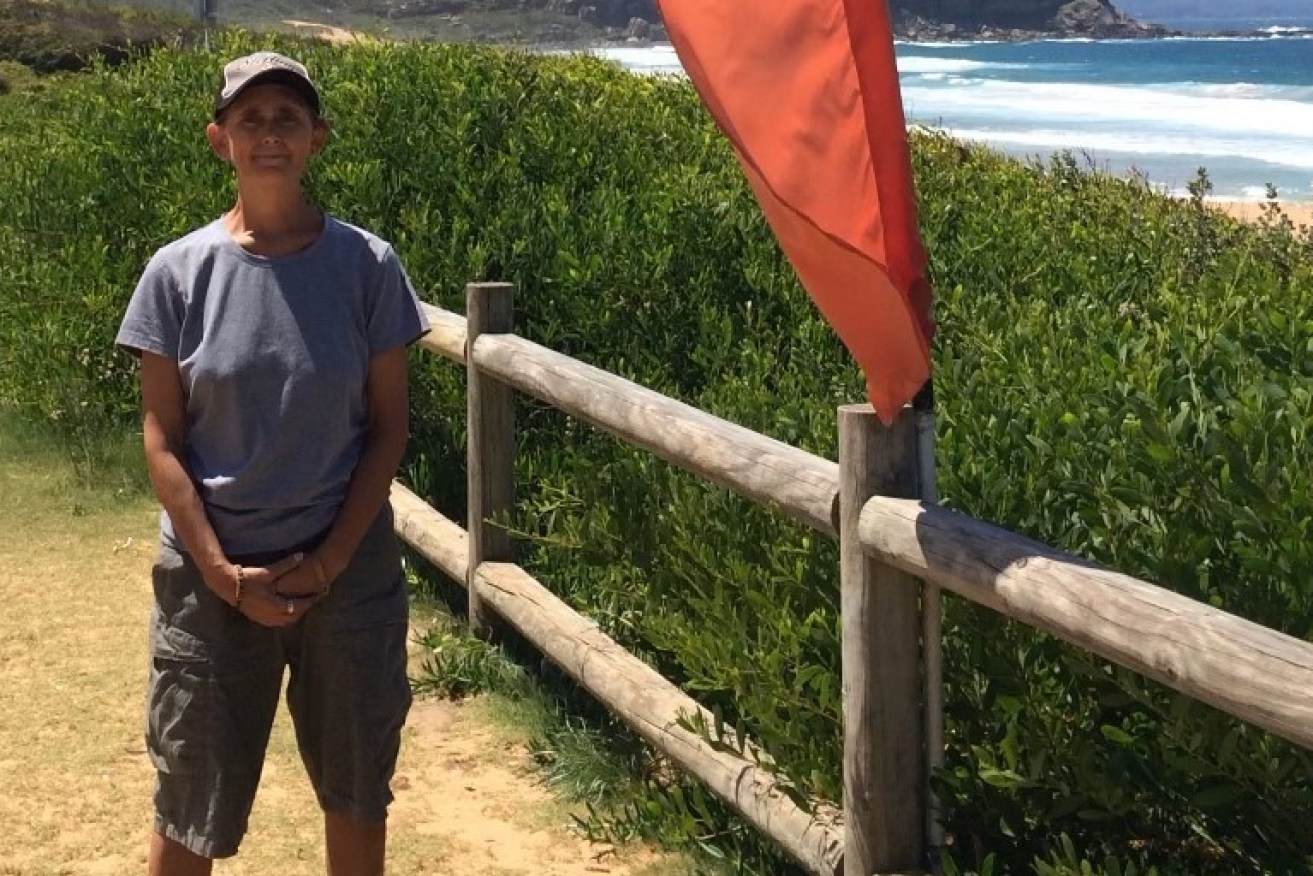Seven amputations in six months: The common heart disease you’ve never heard of


Danielle Slater suffered through 10 operations to save her right leg. It was eventually amputated in seven stages.
Over the past six months, Danielle Slater, aged 50, had seven operations where her right leg was removed in stages.
“Every week and a half they’d come to me and say: ‘Nah, there’s no circulation there, Danielle, we’ll have to go in and chop a bit more off’,” she says.
Prior to the serial amputations, she had 10 operations where surgeons tried to save her leg.
Now, there’s “about a hand and a half distance between my stump and my hip”.
How it began
About four and half years ago, Danielle had been out for the evening, all going well. She went to bed, no problem. Hours later she woke up with “horrific” pain in her leg.
“I couldn’t walk, and I had to get an ambulance and go to hospital,” she says.
This was a scenario that played out over and over again: Clots would form in the arteries in her legs, causing blockages and tremendous pain.
“These clots were pretty bad. I was coming back into hospital every two and a half months,” she says.
“They did 10 operations trying to save the leg,” she says. “They tried putting a cow artery in there, plastics … they tried everything.”
Eventually, her leg began to die, triggering the progressive amputation.
After all that, Danielle, an Indigenous woman, was left with a great risk of both heart attacks and strokes.
“I don’t mind losing the leg,” she says. “I’m happy to still be alive.”
Confounding condition
Danielle has an extreme form of peripheral arterial disease (PAD), a condition that is little understood – and yet affects nearly one-in-five Australians.
The word “extreme” suggests rarity.
“But in Australia, a limb is amputated every two to three hours because of peripheral arterial disease,” Associate Professor Group Leader of the Vascular Complications Group at the Heart Research Institute, Mary Kavurma said.
And it’s not just choked arteries. Patients tend to suffer ulcers and wounds that refuse to heal.
Why does it take hold so viciously in some people and not others? Why the lower extremities and not the heart or the brain? They all suffer from the same complaint. Indeed, PAD is a type of cardiovascular disease.
The poor cousin of heart disease
The underlying cause of PAD is atherosclerosis.
This is the thickening or hardening of the arteries caused by a build up of fatty plaque in an artery.
Risk factors may include high cholesterol and triglyceride levels, high blood pressure, smoking, diabetes, obesity and eating saturated fats.
Atherosclerosis is often described as the clogging of arteries leading to the brain (causing a stroke) or those around the heart (causing a heart attack).
Associate Professor Kavurma has studied atherosclerosis for 15 years.
She turned her focus to PAD as a research subject because it was neglected, not well understood, and yet potentially devastating.
“I call PAD the poor cousin of cardiovascular disease because it doesn’t get enough attention,” she says. “Most people are unaware of the symptoms and risks.”

Professor Mary Kavurma is investigating why women are more prone to PAD than men.
About 50 per cent of cases are asymptomatic or carry symptoms that aren’t obviously serious.
While it was once believed that men more than women were affected by PAD, a scoping study by Dr Kavurma found the opposite was true.
She describes PAD as “a silent problem in women”.
Women tend “to have atypical or not obvious symptoms, making diagnosis difficult. It often starts with a pain or cramping in your calf, which women usually ignore and put down to their busy lifestyle. They don’t think it’s anything serious.”
The leg’s gone, problems persist
Danielle Slater is an astonishingly stoic person.
What remains of her leg is in good shape. “I have perfect circulation now. I get pins and needles. If I bang it, it hurts. I can feel pain, and that means it’s working normally,” she says.
And yet she’s not sure exactly when she can go home.
Her left leg has cellulitis. “Which means I can’t put any weight on it,” she says.
“I have a wheelchair but I need to be able to put weight on the good leg so I can get in and out of bed and all that.”
Danielle lives with her 86-year-old mother. She has a brother who works six days a week and can’t be there to help.
“I have to be fit,” she says. “I’m only 50. The doctor says you’re too young. What I’ve got should be an 80-year-old problem.”
What helps her most at the moment is “having a good psychologist, someone neutral you can tell them everything”.
“I’m still presenting a smile every day, you can’t let these things get you down.”
For more information about PAD, see here.








